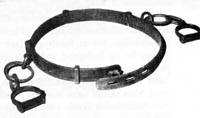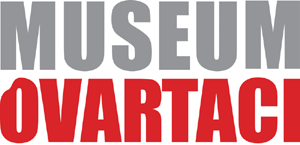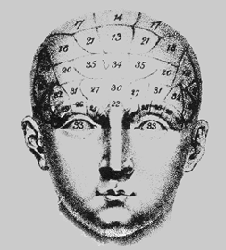The psychiatric hospital in Schleswig
The institution in Schleswig was built in 1820 and was the first mental institution newly built in Denmark. It was a modern institution built and designed by CF Hansen (the architect of e.g. the Cathedral of Copenhagen) based on the principles of the French psychiatrist Esquirol. The Schleswig Institution served the southern parts of Jutland and Holstein but also attended to patients from higher social classes living north of the river “Kongeåen”.
Today the psychiatric hospital in Schleswig is regarded as the first hospital in the present northern Germany, based on the scientific humanistic psychiatry.

Layout drawing of the Schleswig Asylum built in 1818-1829:
a. Chambers for the furious
b. Closed corridors
c. Corridor for emptying the toilet
d. Gate
e. Small yard
f. Corridors including a hall
g. Stairs to the second floor
h. Small rooms for unruly mad
i. Small rooms for wealthy unruly mad
k. Open arcades
l. Halls for walking with supervised housing
n. Large rooms
o. Bathroom
p. House of the manager
q. House of the consultant
r. Room for firewood
s. Large courtyard with a welll
Instruments used for coercion at the asylum in Schleswig?
It is not known whether swivel chair, rotating bed and the treadmill has been in use at the asylum in Schleswig, but the layout of the hospital indicated a location for these machines. The examples in the hospital museum might either have been built after the originals or reconstructed.
The beginning of public welfare
The dissolution of the village community feeling and decline of the guilds around year 1800 and onwards, together with a large increase in population, resulted in more people being destitute. The very poor families could no longer manage to care for or support a sick relative. The duties related to this could prevent families to earn their living from their jobs.
In 1828 a regulation was issued, whereby the government via the poor-law authorities, were obliged to take care of and guard the poor mentally ill. If possible, relatives would pay a contribution to these authorities, which then took over the responsibility.
The somatics
The Somatics believed that mental illness had physical causes and was reflected in a malfunction in the brain. Bodily ailments could furtherance a congenital predisposition for mental illness.
Phrenology
Phrenology was in the 1800-century the teaching of the brain, developed by the French physician Gall. According to phrenology all personality traits had their special areas in the brain, which could be located on the surface of the scull:
1st: Reproductive instinct
2nd: Love of offspring
3rd: Friendship
4th: Self-defence, courage etc.
Especially developed skills were attempted located by measuring the protrusions of the brain on the outside of the scull. Conversely, less-developed properties were shown in depressions of the scull.

Here are shown two of the
600 enforcement tools and
instruments which were
abolished in the
Hanwell-Institution in 1839.
Top: Hand-chains attached
to waist belt.
Bottom:
Welded locks for the legs.

„Non-restraint“.
The English physician J. Conolly was a Somatic and considered mental illness as a disturbance in the brain caused by physical and social reasons. Conolly introduced the compulsory-free ”non-restraint” treatment principle in the Hanwell Institution in 1839. Hence forward only the most necessary safety precautions were to be applied and Conolly instantly abolished 600 enforcement tools that had been in use in the asylum.
Friendly and civilized behaviour were to replace callous force and dry theory. Work therapy should not be morally disciplinary, but mild and preferably inspiring. Conolly considered more than 50% of the mentally ill patients to be fit for work. The rest of the patients could attend concerts, outings or even dances.
Connolly’s ”non coercive system” had a great influence on psychiatry in asylums both in England and abroad.




